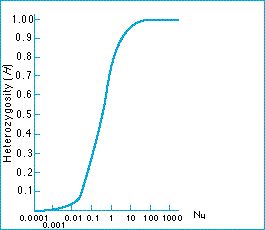Molecular evolution and neutral theory - What were Kimura's arguments for neutralism?

Natural selection alone cannot explain polymorphism
Something has gone wrong. Kimura's conclusion was that the error lies in the idea that polymorphism is maintained by natural selection. He deduced that natural selection cannot account for the observed levels of natural variation in proteins. As in the case of evolutionary rates, no such difficulty arises if the variability is due to neutral drift which will preserve a degree of heterozygosity. New alleles appear first as unique mutations, they then exist as transient polymorphisms for a while, until drift either fixes or eliminates the allele.
We have now completed Kimura's original argument. It states that impossible substitutional and segregational loads would be run up if selection had produced the observed rates of evolution and observed ranges of heterozygosity; and that natural selection would not produce the kinds of constant evolutionary rates seen in protein evolution.
Figure: the theoretical relationship between the degree of heterozygosity and the parameter Nm (the product of the population size and neutral mutation rate). High rates of neutral mutations ensure high levels of heterozygosity are preserved in the population.
| Next |



